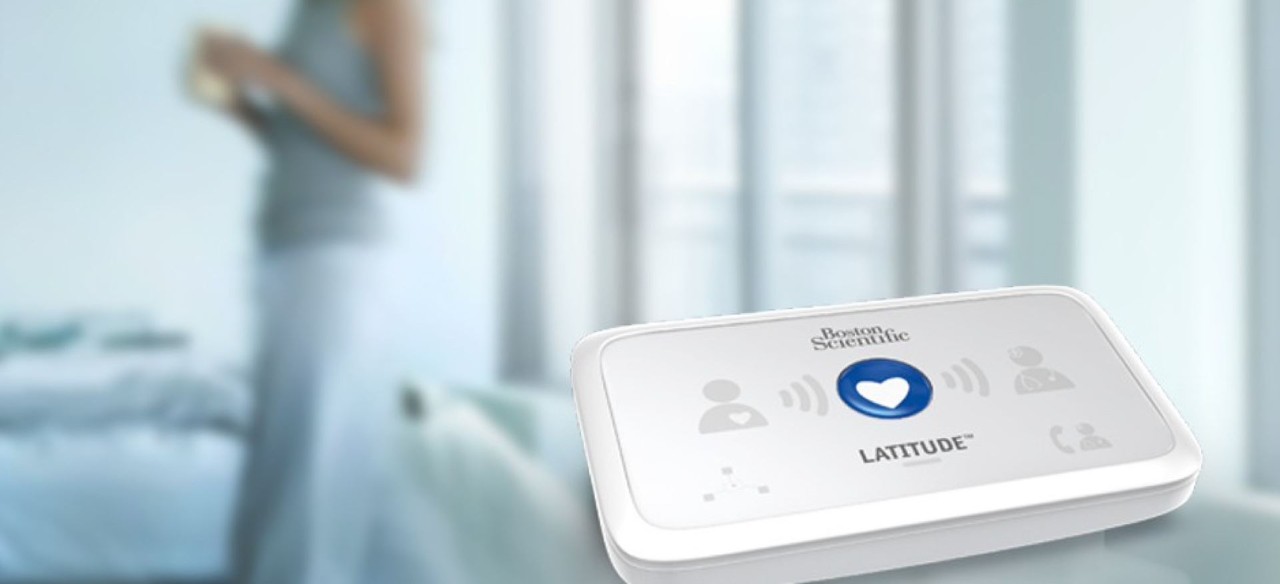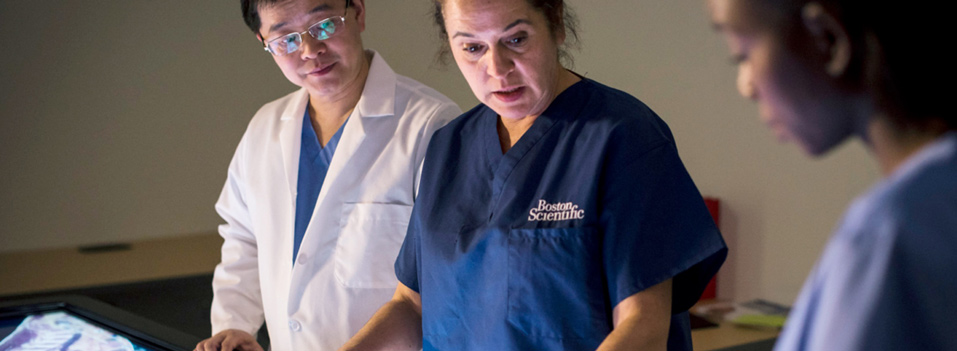If you are interested in learning more about ICD and S-ICD devices, please visit the ICD’s and S-ICD’s procedure page for more information.
Frequently asked questions
Your permanent Medical Device Identification (ID) Card will be mailed to you a few weeks after your implant. This wallet-sized card helps identify you as a patient with an implanted Boston Scientific medical device. If you do not receive your permanent card within eight weeks, call 1-866-484-3268 to order a card.
If your name or address changes, or if you get a new heart doctor, let us know so we can update our records and send you a new Medical Device Identification Card.
You can download and print information about your device to share with your family by selecting your Boston Scientific device model on the resources page. The information outlines answers to commonly asked questions about ICDs and S-ICDs and a summary about your device—including a photograph and dimensions. You may also want to share your patient manual with caregivers and those close to you. If you would like to request a new manual, call Boston Scientific Patient Services at (866) 484-3268.
With a transvenous ICD (TV-ICD) device, electrical wires are introduced through your veins, into the heart, and across the heart valve. Once the wires are in place, they are attached to the heart wall. The subcutaneous placement of the EMBLEM™ S-ICD does not require electrical wires in the heart and is designed to reduce complications associated with the implantation of TV-ICD electrical wires.
With both transvenous and subcutaneous ICDs, people have reported a wide range of experiences as a result of receiving a shock, from a mild thump to a kick in the chest. While the shock may be painful, it is over in an instant. This means your device is monitoring and responding to dangerous heart rhythm irregularities. Learn about shock therapy.
Support and resources for your device
We’re here to help
Our patient services team is here to support you throughout your journey.
Implantable Cardioverter Defibrillators - Important Safety Information
An implantable cardioverter defibrillator is designed to monitor and treat heart rhythm problems, greatly reducing the risks associated with them. These devices are sensitive to strong electromagnetic interference (EMI) and can be affected by certain sources of electric or magnetic fields. With all medical procedures there are risks associated. In regard to an implanted ICD, the risks include but are not limited to inappropriate shock, lead moves out of place, loss of stimulation capability, allergic reaction, fluid underneath the skin, and infection. In rare cases device failure or death can occur. Be sure to talk with your doctor so that you thoroughly understand all of the risks and benefits associated with the implantation of this system. To obtain a copy of the device Patient Handbook for more detailed device safety information, go to www.bostonscientific.com , or you can request a copy by calling 1-866-484-3268 or writing to Boston Scientific, 4100 Hamline Ave. N., St. Paul, MN 55112.
S-ICD™ System - Important Safety Information
An implantable cardioverter defibrillator is designed to monitor and treat heart rhythm problems, greatly reducing the risks associated with them. There are risks associated with this device including, but not limited to, allergic reactions, bleeding, death, fever, infection, kidney failure, need for surgical replacement, nerve damage, stroke and tissue damage. Electrical or magnetic fields can affect the device. In some cases, the device may not respond to irregular heartbeats or may deliver inappropriate shocks and in rare cases severe complications or device failures can occur. Your physician should discuss all potential benefits and risks with you and describe the appropriate medical care.
Refer to the product labeling for specific indications, contraindications, warnings/precautions and adverse events. Rx only.
92481216 (Rev. A)





